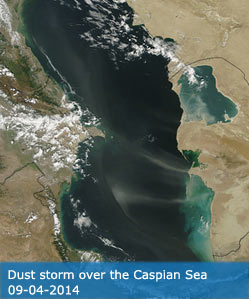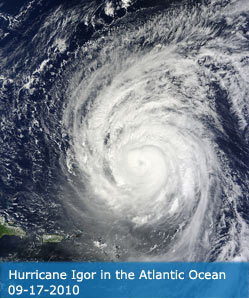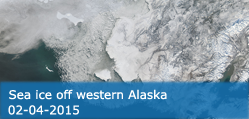Science Team
Publications
Schepaschenko, D; See, L; Lesiv, M; Bastin, JF; Mollicone, D; Tsendbazar, NE; Bastin, L; McCallum, I; Bayas, JCL; Baklanov, A; Perger, C; Durauer, M; Fritz, S (2019). Recent Advances in Forest Observation with Visual Interpretation of Very High-Resolution Imagery. SURVEYS IN GEOPHYSICS, 40(4), 839-862.
Abstract
The land area covered by freely available very high-resolution (VHR) imagery has grown dramatically over recent years, which has considerable relevance for forest observation and monitoring. For example, it is possible to recognize and extract a number of features related to forest type, forest management, degradation and disturbance using VHR imagery. Moreover, time series of medium-to-high-resolution imagery such as MODIS, Landsat or Sentinel has allowed for monitoring of parameters related to forest cover change. Although automatic classification is used regularly to monitor forests using medium-resolution imagery, VHR imagery and changes in web-based technology have opened up new possibilities for the role of visual interpretation in forest observation. Visual interpretation of VHR is typically employed to provide training and/or validation data for other remote sensing-based techniques or to derive statistics directly on forest cover/forest cover change over large regions. Hence, this paper reviews the state of the art in tools designed for visual interpretation of VHR, including Geo-Wiki, LACO-Wiki and Collect Earth as well as issues related to interpretation of VHR imagery and approaches to quality assurance. We have also listed a number of success stories where visual interpretation plays a crucial role, including a global forest mask harmonized with FAO FRA country statistics; estimation of dryland forest area; quantification of deforestation; national reporting to the UNFCCC; and drivers of forest change.
DOI:
10.1007/s10712-019-09533-z
ISSN:
0169-3298




